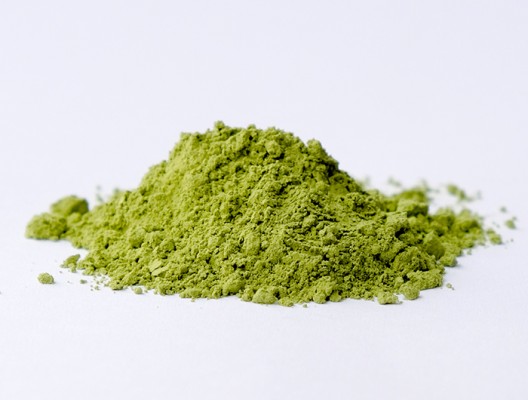 Bio Matcha Inspiration No 2
Bio Matcha Inspiration No 2
country of origin Japan
Chcete pomoci s objednávkou?
+420 777 052 974
Exquisite matcha from Kagoshima
It has an intense green colour, multi-layered aroma and almost creamy softness on the tongue. There is a perfect balance of freshness and compelling richness in taste. Tea suitable for connoisseurs, but also for „Matcha newcomers“. Suitable for both thin Matcha (Usucha) and thick Matcha (Koicha).
Japanese green powdered tea is used in the Chanoyu tea ceremony. The finest leaves of Japanese green tea are milled after drying in slow stone mills. Thanks to such special processing, matcha preserves all active substances like vitamines, antioxidants, minerals and fibre. It has and bright refreshing taste and aroma. It is a unique experience. Unique, finely ground green matcha from the Kagoshima region in south Japan, for Japanese tea ceremony.
Special fact about this tea is that it was grounded from Tencha leaves in Europe!
Preparation of Matcha
put 2 (or 4) bamboo spoons (chashaku) of tea powder in a pre-heated tea bowl (chawan), pour 2 dcl of 60°C hot water and whisk with a bamboo whisk (chasen). The tea will have emerald-green foam.
If you are new to Matcha, the intensity can be compared to the first taste of red wine or dark chocolate. The taste might feel new and hard to grasp and we encourage you to start with a „Usucha“ (light Matcha) of a high quality Matcha like KEIKO Matcha Supreme and Mantoku. These Matchas have no astringency or bitterness.
Kagoshima
Shading of original tea plants has a long tradition. In the Kagoshima region in southern Japan (with the still active Sakurajima volcano), tea plants in the most suitable estates are covered with special nets (kabuse) Shading only lets 50 % of sunlight through. Growing in halfshade closely resembles the conditions of wild tea plants. Shaded tea develops more active substances and distinctive highly aromatic scent.
Kagoshima has the best conditions for organic growing of high-quality green tea. Ban of chemical fertilizers and pesticides, along with suitable area for tea cultivation and advanced technologies, ensure excellent quality and enjoyment of tea.
Matcha quality can be recognised by its colour. Deep bright emerald-green colour is typical for high quality matcha, while yellow or purple colour is a sign of low or poor quality.
Tip: store matcha in the fridge.
Matcha
Owing to the content of non-oxidized polyphenols, green tea has a proven antibacterial and antiviral effect and decreases cholesterol levels. Quality Japanese teas also contain lots of vitamins A, B, C, E and P, and catechins, carotene, amino acids and minerals such as potassium, fluorine and zinc.
Unlike the usual green tea leaves which are discarded after steeping, matcha leaves are whipped with water and consumed. When drinking matcha, antioxidants, vitamins, minerals and pulp from green tea are consumed in higher concentrations.
Matcha also contains a lot of L-theanines – unique natural amino acids, appearing almost exclusively in green tea – and theophylline which has a similar effect like caffeine. These substances are thought to jointly help maintain higher mental clarity and energy.
Tip: store matcha in a fridge.
Form: Powder Green Tea
Area: Japan
Designation: CZ - BIO - 002
Country of origin: Japan





